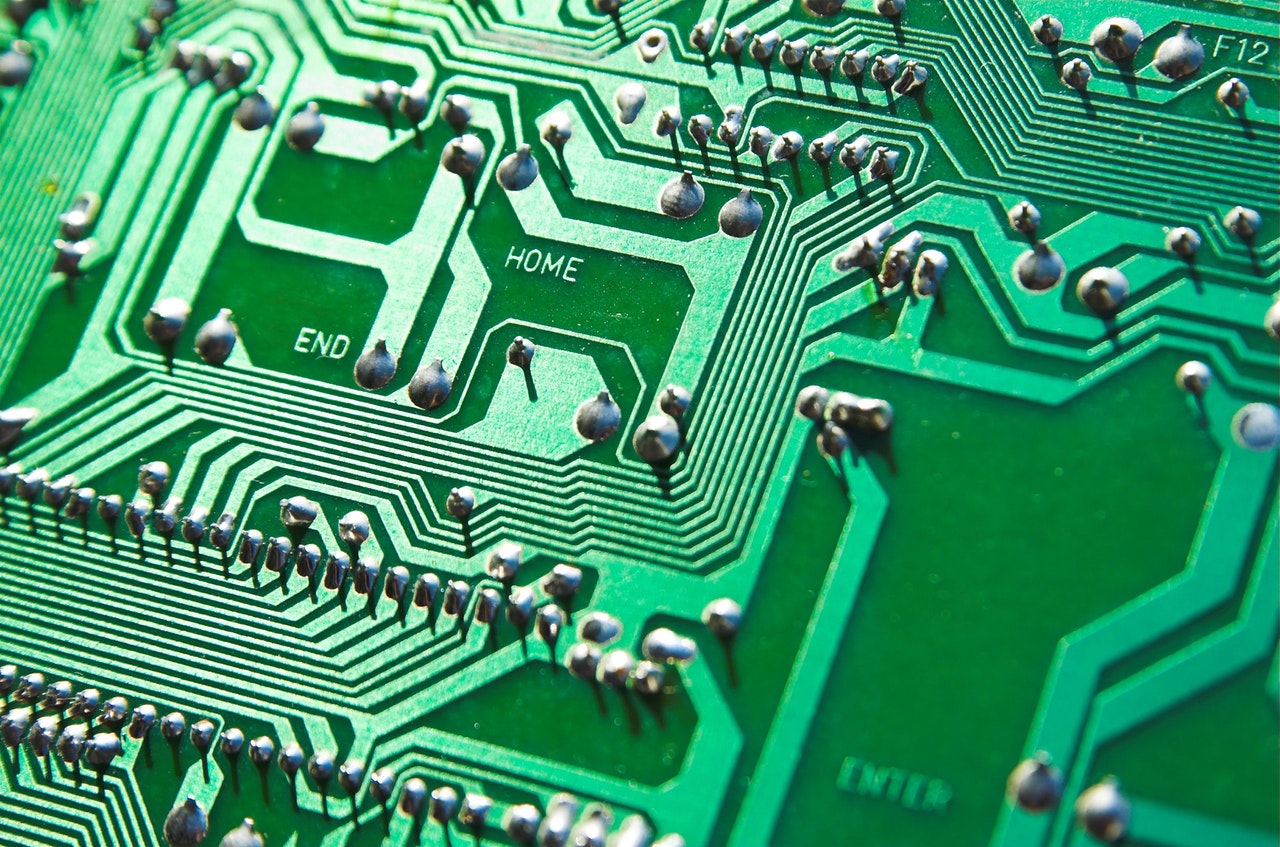In pre-2000, embedded system developments were focused around real-time design and often with applications in industrial settings. In 2005, I penned an article “Embedded System: The Next Growth Wave?” (see the companion article for details) with examples of electronic guitars, musical fountains and other embedded solutions pertinent in 2000-2010. Last week, in Hyderabad, 16th International Conf. on Embedded System was held alongside VLSI Design Conf. So, that way, it is very timely to glance how Embedded System design is evolving in this decade (2010-2020) with the advent of IoT, Convergence and Cloud Computing.
Worldwide, large investments continue to happen towards designing devices pertaining to information, communication and entertainment; and making them intelligent through embedded software. Be it telecommunication, radar systems, underwater acoustics, automotive, industrial or entertainment gadgets—embedded systems have been employed to do things smartly. The current growth in embedded intelligence technology is fuelled by the fact that there has been steady increase in processing power and storage capacity. Southward cost has also triggered rapid pace in research and development in this area. All these have led to greater output with lesser horsepower (MIPS), lower memory, lesser power consumption and smaller physical dimension.
Embedded software is software etched on to a chip while an embedded system is a conglomeration of many such chips meant for different purposes in order to provide a complete solution. In a “layered” computing system, VLSI hardware executes micro- and machine- codes with applications running on top of an operating system. In a typical embedded system, instruction-based micro-controller works with both hardware and software components. Every year, our ability to move more components from boards to application-specific ICs and Systems-on-Chips (SoCs) has been increasing. In that process, there has been a paradigm shift. A typical SoC device houses DSP, microprocessor/micro-controller cores, digital logic, precision analog circuitry, volatile/non-volatile memory and other components. Instead of much communication through separate interconnections and buses, now the communication network could get realized majorly on the chip.
The platform development and framework could be directed towards server/client, digital media and mobile platform arena. In the IoT era, growth of embedded systems is broadly in three segments:
- Smart devices with embedded intelligence: Several notable types of smart devices are smartphones, tablets, smartwatches, smart bands, and smart key chains. It includes from gamified toothbrush to connected bike, from smart belt to Tado home cooling.
- Edge device is where the action is. It includes a wide array of sensors, actuators, and devices—those system end-points that interact with and transmit real-time data from smart products and services. It also embeds open cognitive analytics at the IoT’s edge.
- Cloud-aided design for distributed embedded system: This includes distributed sensor data analysis, user behavior anticipation, and many applications that run on smart-phones. Cloud computing can facilitate to more efficiently execute processes for simulation, optimization and verification of embedded systems.


